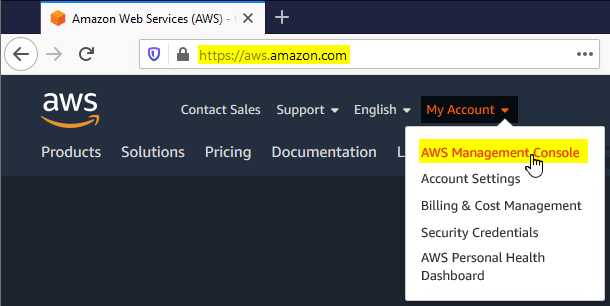

AWS Secrets Manager helps you protect secrets needed to access your applications, services, and IT resources. AWS Key Management Service is also integrated with AWS CloudTrail to provide you with logs of all key usage to help meet your regulatory and compliance needs AWS Secrets Manager: Store, Distribute, and Rotate Credentials Securely. AWS Key Management Service is integrated with other AWS services including Amazon EBS, Amazon S3, and Amazon Redshift. AWS Key Management Service (KMS) is a managed service that makes it easy for you to create and control the encryption keys used to encrypt your data, and uses Hardware Security Modules (HSMs) to protect the security of your keys. Note: Replace your-region with your AWS Region.AWS Key Management Service vs AWS Secrets Manager: What are the differences?ĪWS Key Management Service: Easily create and control the encryption keys used to encrypt your data. To do this, add the following permissions Because DevSecret is encrypted with DevSecretKMS, you must change the key policy. Identities that retrieve these secrets require access to decrypt them. Secrets Manager encrypts secrets by default. Grant permissions in the key policy of the AWS KMS key.
#Aws secret management full#
Note: You must use the full AWS KMS key ARN to access a secret from another AWS account.ģ. Access to these secrets should be restricted to specific IAM principals that are using IAM and injected into containers at runtime. Enabling organizations that have embraced AWS Secrets Manager to gain all the advantages of CyberArks centralized secrets management without impacting. They often consist of a username and password, a certificate, or API key. Specify the AWS KMS key ARN in the AWS KMS key ID parameter for the secret. Secrets, such as API keys and database credentials, are frequently used by applications to gain access other systems. If you have an existing secret that uses an alias, then follow the instructions to modify a secret. Specify the Amazon Resource Name (ARN) in the AWS KMS key ID parameter for the secret.Ģ. If you don't have a secret, then follow the instructions to create a secret. This service enables you to easily rotate, manage, and retrieve database credentials, API keys, and other secrets throughout their lifecycle. Perform these steps in the Security_Account (account A) in the Region where your secret is.ġ. AWS Secrets Manager is a secrets management service that helps you protect access to your applications, services, and IT resources. Resolution Configure Security_Account (account A)

Only the service that created the AWS managed key can use it. Follow these steps to use AWS Secret Manager for Secrets Management Service: Set the environment variable AWSACCESSKEY, AWSSECRETKEY,AWSREGION, AWSSECRETMANAGER, and APPCONFIGPROFILE.The AWSACCESSKEY and AWSSECRETKEY environment variables are used as credentials for authentication. The AWS KMS default key is unique to your AWS account and AWS Region. The AWS KMS default key is created, managed, and used on your behalf by an AWS service that runs on AWS Key Management Service. Note: You can't use the AWS KMS default key for the account. Then, the secret is shared with your Dev_Account (account B). With the launch of AWS Secrets and Config Provider (ASCP), you now have an easy-to-use plugin for the industry-standard Kubernetes Secrets Store and Container Storage Interface (CSI) driver, used for providing secrets to. Use this policy to allow an IAM entity from your Dev_Account to access the secret in your Security_Account.Ī secret named DevSecret in your Security_Account (account A) is encrypted with an AWS Key Management Service (AWS KMS) key DevSecretKMS. AWS Secrets Manager now enables you to securely retrieve secrets from AWS Secrets Manager for use in your Amazon Elastic Kubernetes Service (Amazon EKS) Kubernetes pods. passwords, credentials, third-party keys, or any such confidential information. Use a resource-based policy for a secret that allows you to attach a permissions policy to the secret. It is a service provided by AWS to store secrets i.e. This user or application retrieves secrets in the Security_Account user account. An AWS Identity and Access Management (IAM) user or an application runs in the Amazon Elastic Compute Cloud (Amazon EC2) instance of your Dev_Account. In this example, the Security_Account user manages your credentials in account A, and the Dev_Account user is used by your developers in account B.


 0 kommentar(er)
0 kommentar(er)
